Choosing the right mulch for your lawn is an important step toward making it look great and keeping it healthy. There are many different types of mulch, which vary in their strength and durability. You’ll want to choose one that suits your lawn’s needs and the environment in which you live. In addition, you’ll want to make sure that you choose a mulch that is biodegradable and non-toxic. This is especially important if you have pets or young children.
Green and Clean
Mulching the Green Climber LV600 is a great way to keep your lawn healthy and green. By mulching the Green Climber LV600, you help to prevent weeds from growing, which can lead to turf problems and unhealthy plants. You can also use Mulching the Green Climber LV600 to cover up any flower pots or trees that may not be being watered regularly.
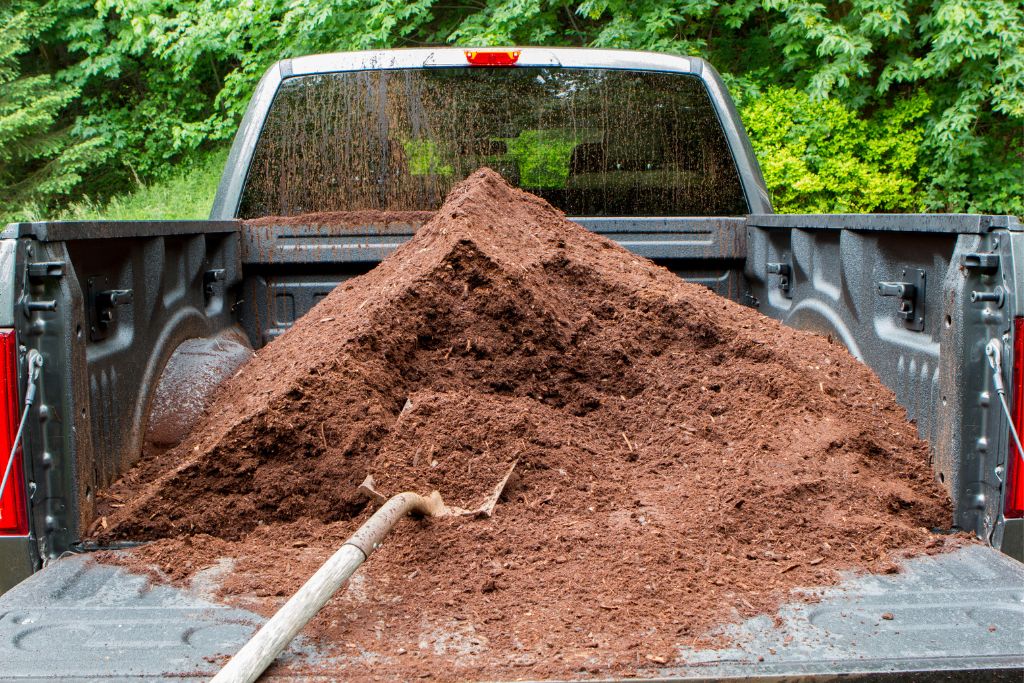
Lawn clippings
Grass clippings are not something to be ashamed of, especially since they are the nutritional building blocks of your lawn. A good rake can help you reclaim your prized turf and manage bare patches. The Green Climber LV600 is the best of the bunch, and its 58-inch handle makes it a breeze to swoop in and out of the tall grass.
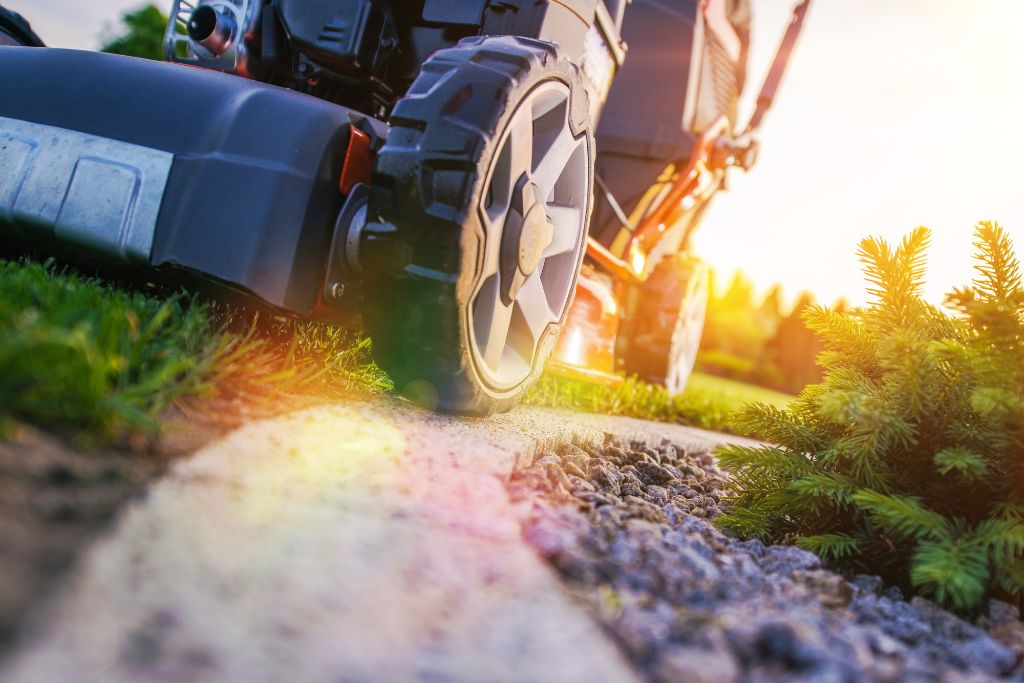
Grass clippings are the byproduct of the old-fashioned mowing process. A rake can make the time-consuming task of raking up contaminated grass much easier. Not only does a rake do a good job of clearing up the grass, but it also helps to get a better idea of where the grass is growing. As for how to use one, it’s pretty simple. You can either use it to cover a large area at once or spread out your efforts over several days.
Leaves
Using leaf mulch is a great way to help your plants grow. Besides providing a protective layer, it helps the soil retain moisture and suppress weed growth. In addition, it can also help you get a lot more yield out of your garden.
Mulching with leaves is a great way to reduce your landfill space and recycle a natural resource. You can use grass, wood chip mulch, or even processed small trees as your leaf mulch. You can also mix leaf mulch with other materials, such as kitchen scraps or hardwood mulch, to get the best results.
Leaves also provide protection for animals and insects. They shelter moths and beetles, and they provide food for birds and predators. Leaves can also provide warmth for your plants. It is also a good source of nutrients for plants.
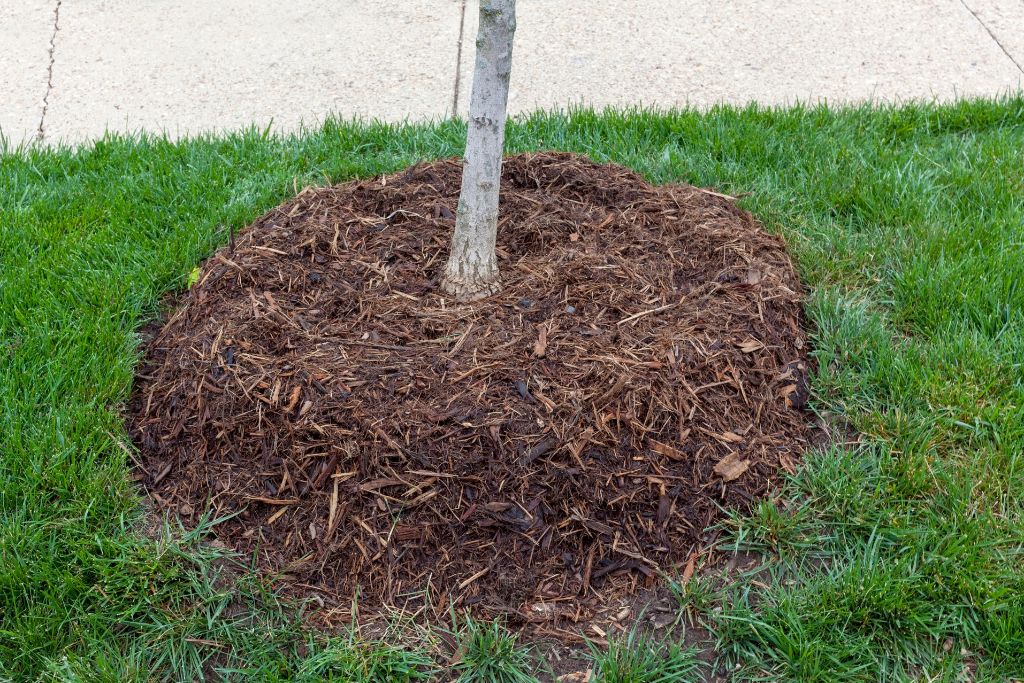
When leaves are broken down, nutrients are released into the soil. The decomposition process also increases the quality of the soil. This helps the ground retain water and heat. The leaves also contain beneficial microorganisms that improve the soil and help to control weeds.
If you want to use leaves for mulch, you can do so by raking them in your garden. If you use a lawn mower to cut them, you can use the bagging attachment to mulch them into your garden bed. You can also shred leaves to speed up the decomposition process.
Weeds
Using mulch to suppress weeds is a proven method of controlling weeds, and is especially useful when used on a lawn. Grass clippings, wood chips, and shredded bark all make excellent mulches. Mulch can also help reduce the amount of fertilizer required to grow your lawn. In addition, mulches can improve the health of your soil, which will improve your overall turf quality.
Aside from improving your lawn’s soil quality, a good mulch may also help you avoid weeds in the first place. It can also help prevent erosion, and keep the weeds from spreading to your neighbor’s lawns. Mulch also helps prevent weeds from growing up through your plants and choking your crop.
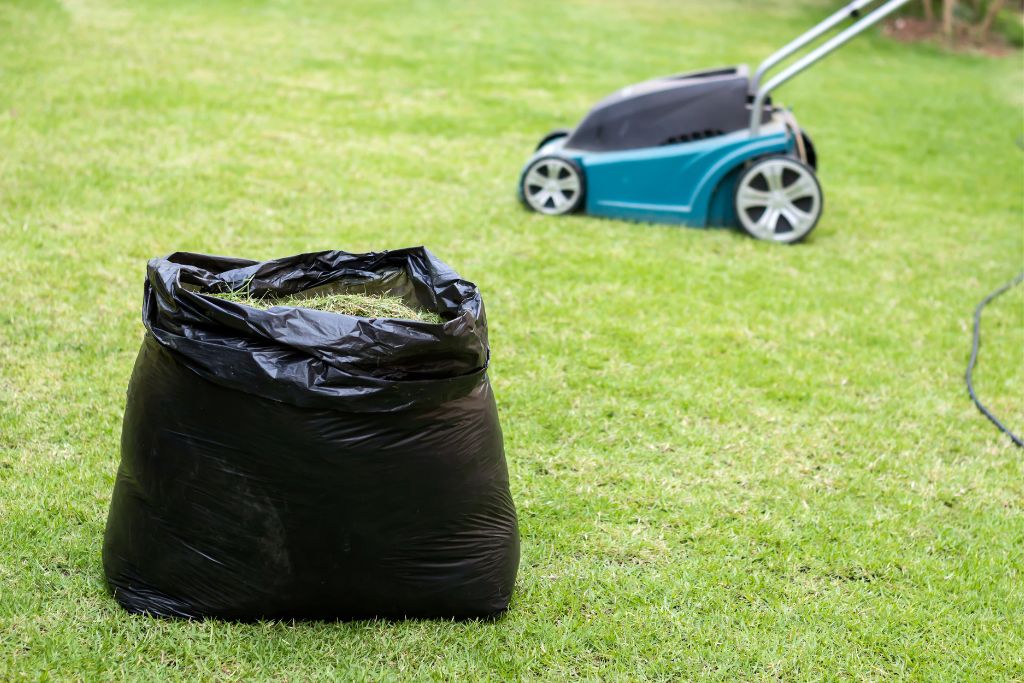
One of the most important benefits of a living mulch is that it can reduce the amount of labor required to manage your weeds. In addition to reducing weed control, it may also increase the yields of your crop. In fact, a living mulch system in a plot with less weed seed bank may yield yields comparable to a tilled control.
Using a living mulch is a great way to get the most from your lawn, but it can be difficult to know where to start. Fortunately, there are plenty of resources available. From local garden centers to free and discounted yard waste collection sites, there’s no reason to go it alone.
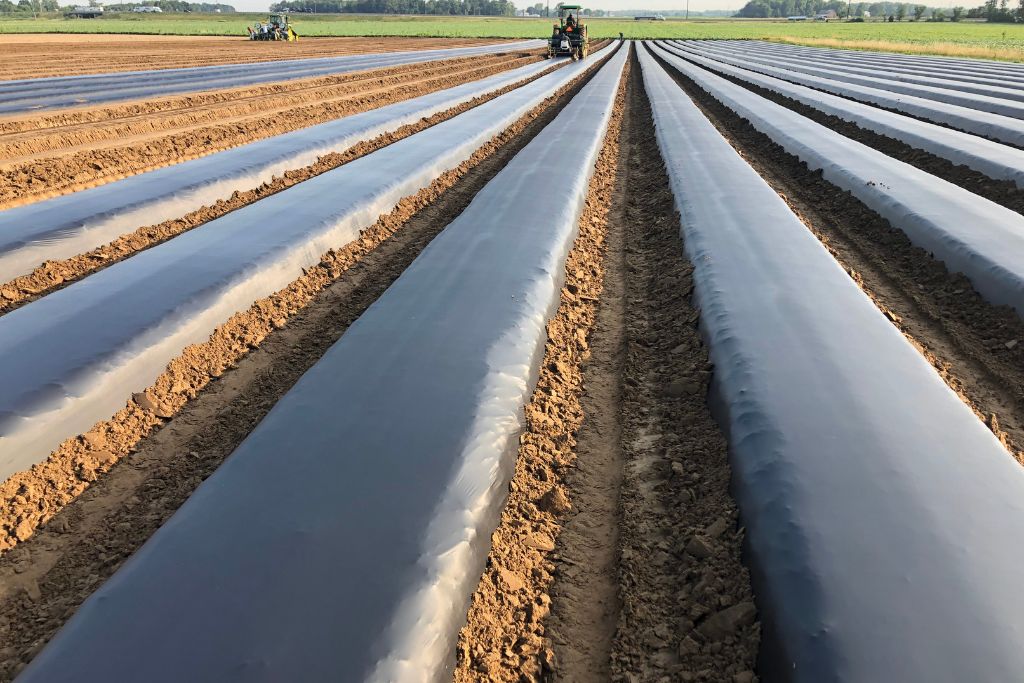
Leave a Reply